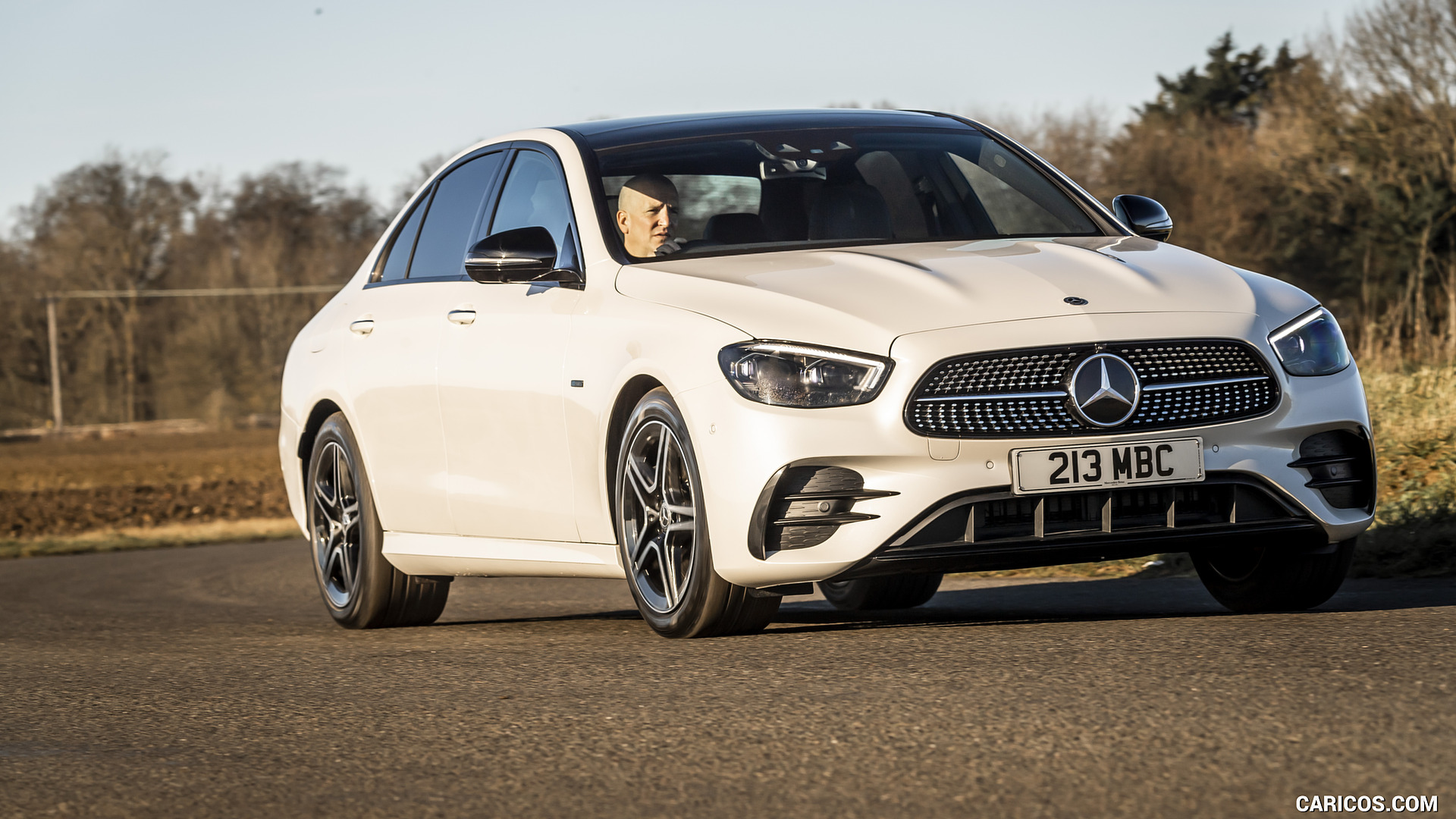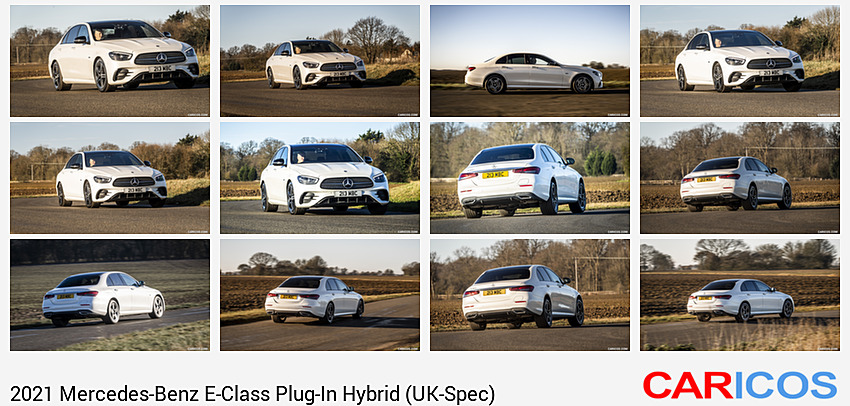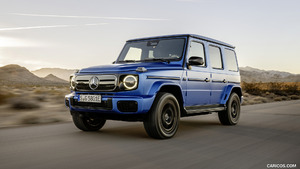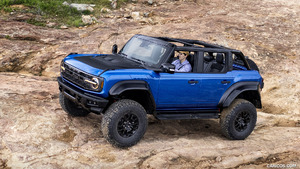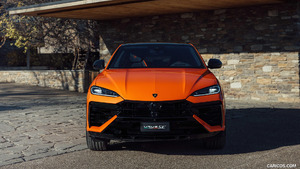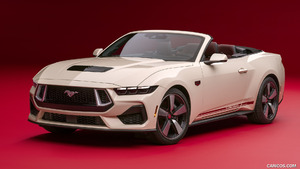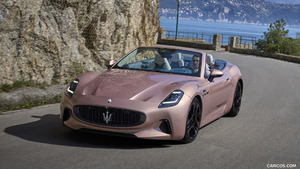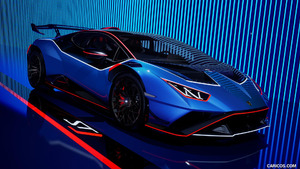Mercedes-Benz E-Class Plug-In Hybrid (Diesel and Electric; UK-Spec)
Electrified as never before: the electrification of the E-Class powertrain is proceeding in leaps and bounds. Starter-generators support a partial 48-volt onboard network to ensure more efficiency and provide additional power known as EQ Boost. For the first time, the four-cylinder diesel (OM 654 M) and petrol (M 254) engines feature a second-generation integrated starter-generator (ISG) producing up to 15 kW of additional output and 200 Nm more torque. Both engines are highly efficient thanks to energy recovery and the ability to "glide". This technology is also standard equipment for the six-cylinder petrol engines available for the first time in the E-Class. There are also seven plug-in hybrid variants of the Saloon and Estate. This EQ Power is available in combination with diesel and petrol engines. The line-up of high-efficiency, low-emission and powerful petrol engines will cover an output range from 115 to 270 kW, while the diesel engine range spans from 110 to 243 kW. There is a table showing the available engine variants at the end of this section. Seven models are available as plug-in hybrids (diesel and petrol, Saloon and Estate, rear-wheel drive and all-wheel drive). The plug-in hybrids in the E-Class are aimed at the important target group for Mercedes-Benz's comfortable executive cars: high-mileage drivers who attach importance to long-distance comfort and also occasionally want to make use of the excellent towing capacity (2100 kg) – and want to drive with zero emissions in inner-city areas. The E-Class is the epitome of ride comfort and handling safety - and always of fuel economy, especially in conjunction with the diesel engine. So the fact that the E-Class with plug-in technology is available with a diesel as the combustion engine is fully in line with customer expectations. The result is the E 300 de as a Saloon (weighted fuel consumption: 1.4 kg/100 km, weighted CO2 emissions: 38 g/km, weighted power consumption: 15.5 kWh/100 km) and as an Estate (weighted fuel consumption: 1.6 kg/100 km, weighted CO2 emissions: 42 g/km, weighted power consumption: 16.1 kWh/100 km): Not only the most intelligent, but also the most economical E-Class of all time. Both are also available with 4MATIC all-wheel drive on request. The alternative with petrol engine is the E 300 e (weighted fuel consumption: 1.8 kg/100 km, weighted CO2 emissions: 41 g/km, weighted power consumption: 16.7-16.1 kWh/100 km), likewise as Saloon and Estate (weighted fuel consumption: 1.9 kg/100 km, weighted CO2 emissions: 44 g/km, weighted power consumption: 18.5 kWh/100 km).
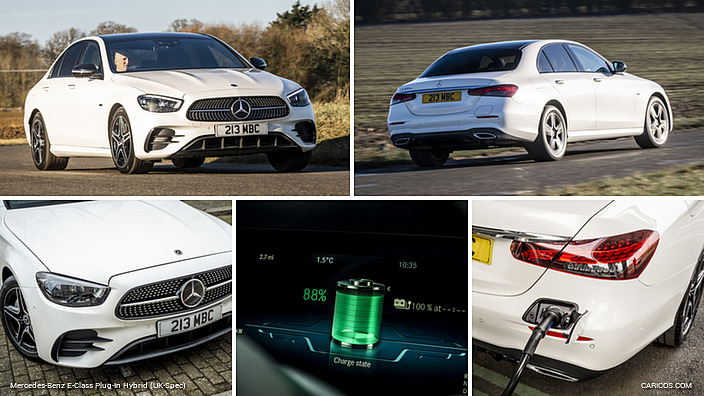 2021 Mercedes-Benz E-Class Plug-In Hybrid (UK-Spec)
2021 Mercedes-Benz E-Class Plug-In Hybrid (UK-Spec)
- Prices start from £46,230 for E 300 e AMG Line Edition Saloon
- E 300 de AMG Line Edition starts from £47,480
- Four model lines available: AMG Line Edition; AMG Line; AMG Line Premium; AMG Line Premium Plus
- E 300 de is available in both saloon and estate bodystyles
- The E 300 e features a petrol 2.0-litre engine combined with a 13.5 kWh battery, together they have a maximum possible output of 320 hp and 700 Nm
- The E 300 e can deliver a weighted combined average of 176.6 mpg and emits just 37 g/km of CO2, while it has an all-electric range of between 33 and 35 miles.
- The E 300 de is powered by a 2.0-litre diesel engine and also uses a 13.5 kWh battery. The combustion engine produces 194 hp and 400 Nm, while the electric motor can add up to 122 hp and 440 Nm
- The E 300 de is capable of achieving a weighted combined average of 235.4 mpg and emits just 33 g/km of CO2. It has an all-electric range of between 32 and 34 miles
- Both models can be charged via a 7.4 kW home wallbox in just 1.8 hours
- For the first time, the new E-Class is available with MBUX infotainment system, which features two 12.3-inch screens – the central display is now a touchscreen
- The entry AMG Line Edition includes MBUX infotainment system with twin 12.3-inch screens; 18-inch alloy wheels; front and rear parking sensors; reversing camera; LED headlights; Thermotronic three-zone automatic climate control; Blind Spot Assist; wireless smartphone charging; leather upholstery; and heated front seats.
- AMG Line adds Multibeam LED intelligent headlights; AMG Line interior; ARTICO man-made leather dashboard and black ash wood trim.
- AMG Line Premium includes the above equipment, with the addition of Keyless-Go Comfort package; 360° camera; and MBUX augmented reality for navigation.
- At the top of the range, AMG Line Night Edition Premium Plus includes Driving Assistance package; 18-inch AMG alloy wheels in high-gloss black; Night package; panoramic sunroof; Burmester surround sound system; Memory package; Energizing Comfort package; and grey open-pore ash wood trim.
